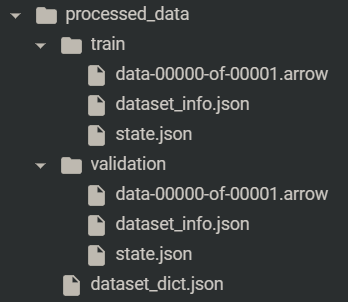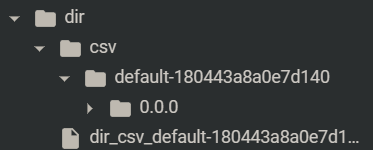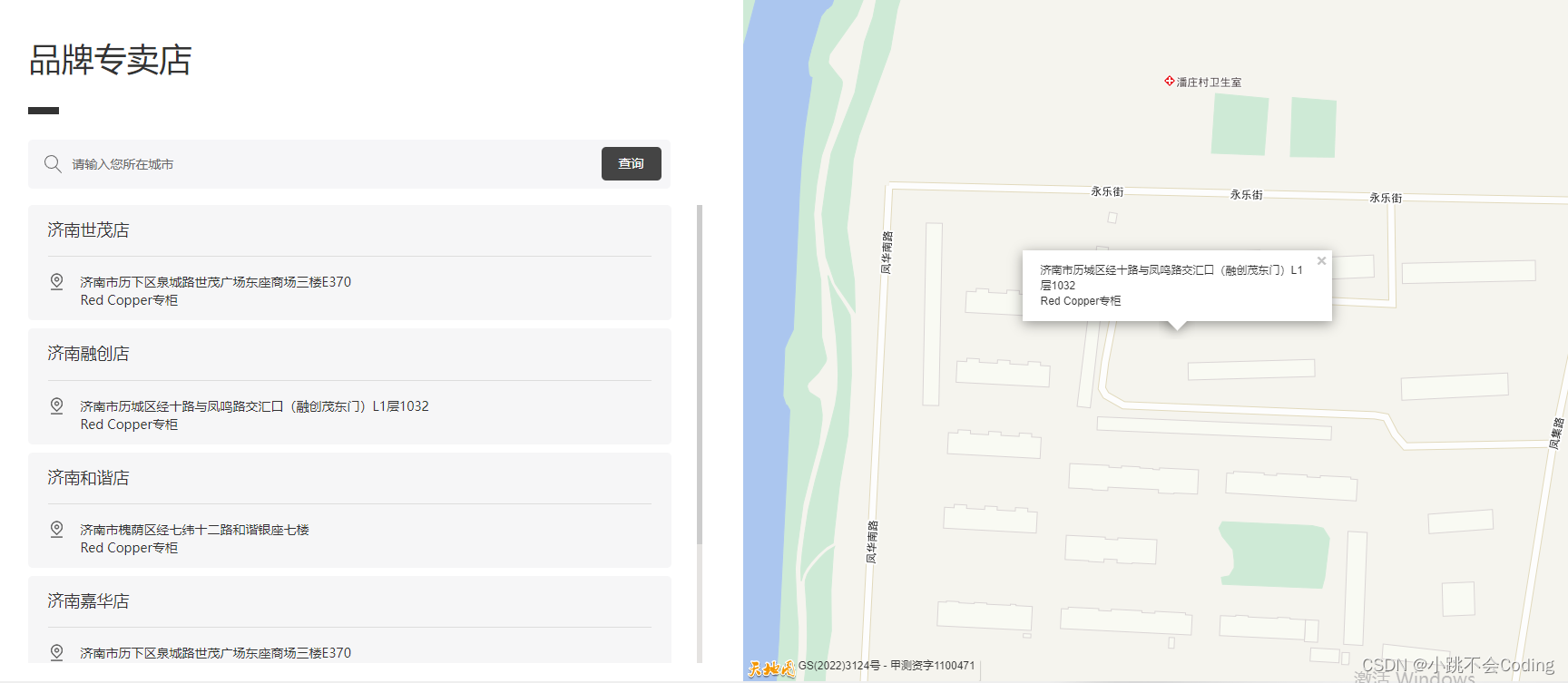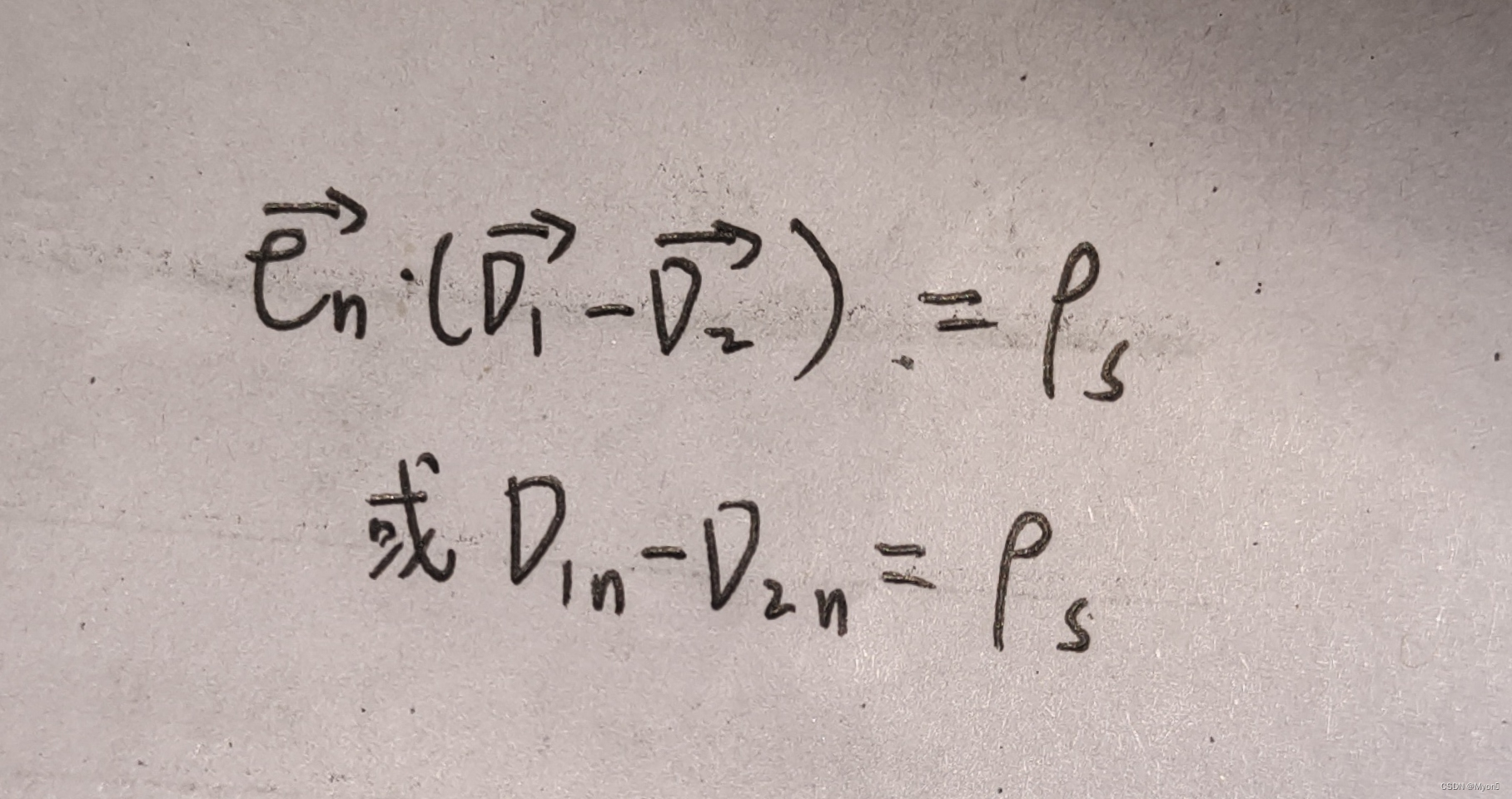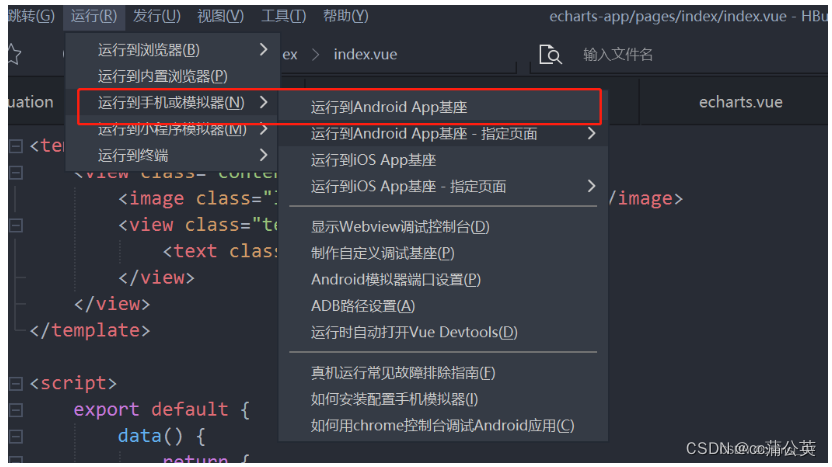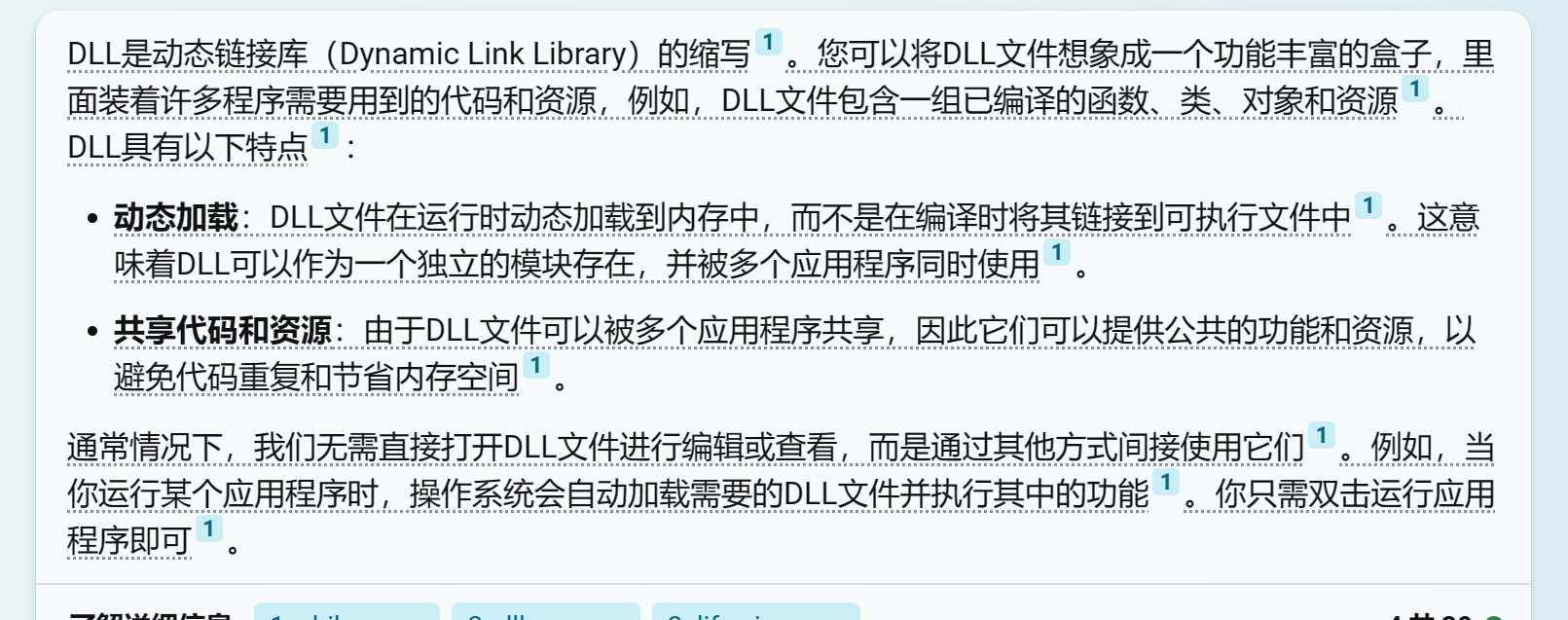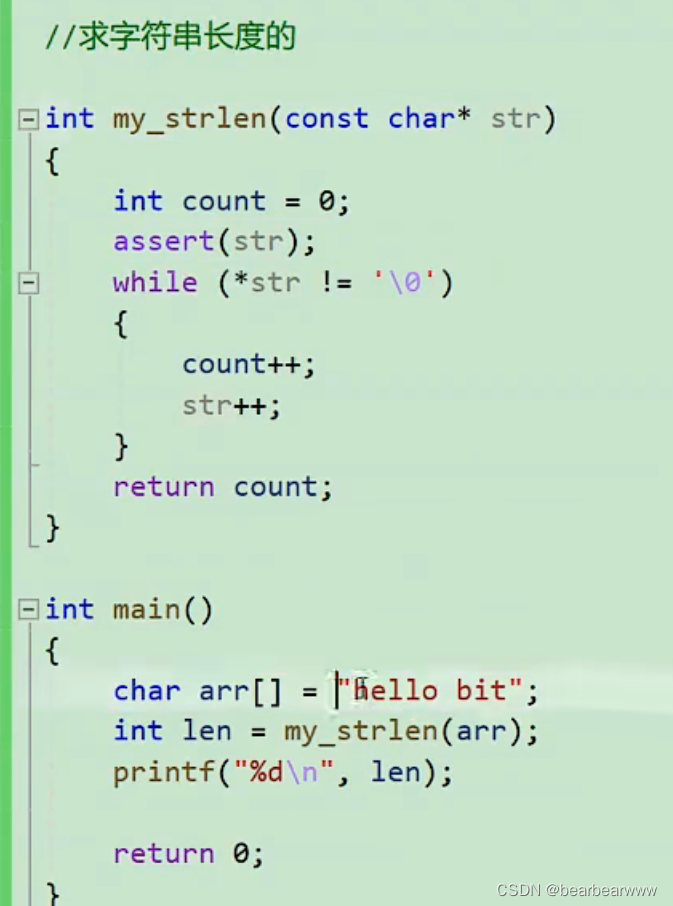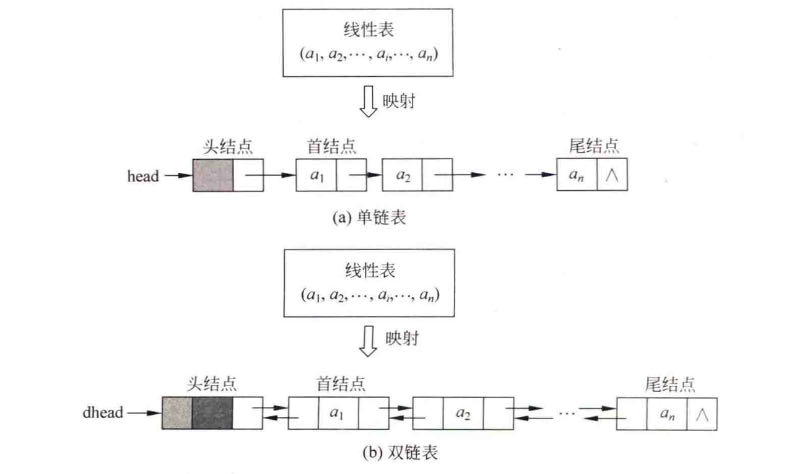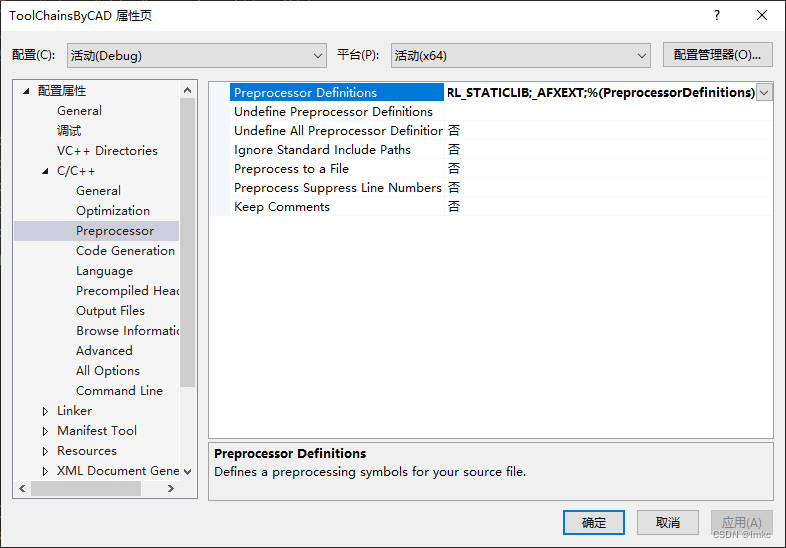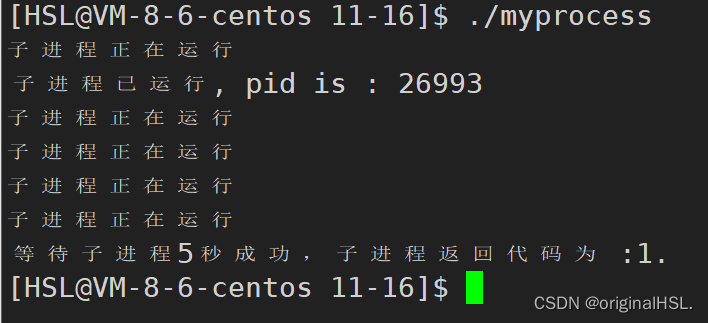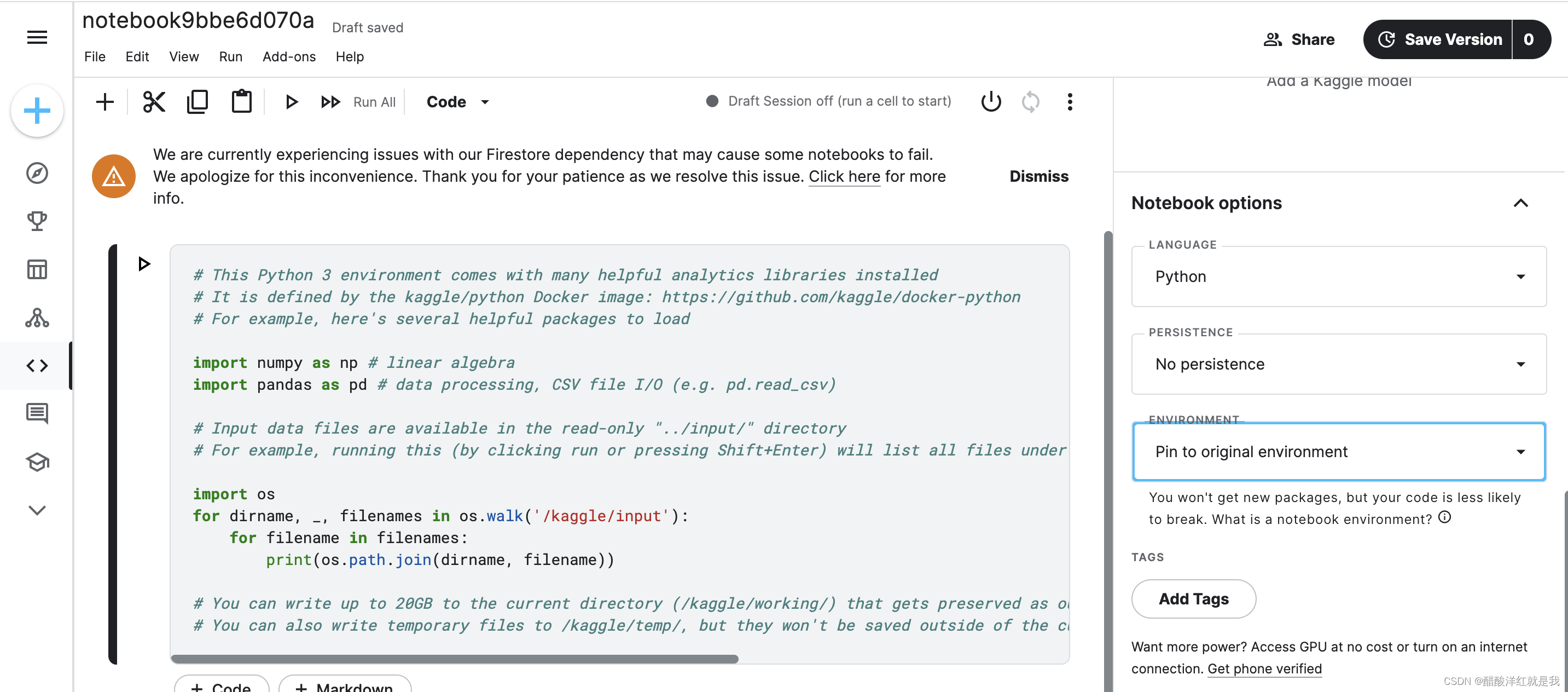文章目录
一、基本使用 1.加载在线数据集 2.加载数据集合集中的某一项任务 3.按照数据集划分进行加载 4.查看数据集 查看一条数据集 查看多条数据集 查看数据集里面的某个字段 查看所有的列 查看所有特征 5.数据集划分 6.数据选取与过滤 7.数据映射 8.保存与加载 二、加载本地数据集 1.直接加载文件作为数据集 2.加载文件夹内全部文件作为数据集 3.通过预先加载的其他格式转换加载数据集 4.Dataset with DataCollator
!pip install datasets
from datasets import load_dataset
datasets = load_dataset( "madao33/new-title-chinese" )
datasets
'''
DatasetDict({
train: Dataset({
features: ['title', 'content'],
num_rows: 5850
})
validation: Dataset({
features: ['title', 'content'],
num_rows: 1679
})
})
'''
boolq_dataset = load_dataset( "super_glue" , "boolq" )
boolq_dataset
'''
DatasetDict({
train: Dataset({
features: ['question', 'passage', 'idx', 'label'],
num_rows: 9427
})
validation: Dataset({
features: ['question', 'passage', 'idx', 'label'],
num_rows: 3270
})
test: Dataset({
features: ['question', 'passage', 'idx', 'label'],
num_rows: 3245
})
})
'''
dataset = load_dataset( "madao33/new-title-chinese" , split= "train" )
dataset
'''
Dataset({
features: ['title', 'content'],
num_rows: 5850
})
'''
dataset = load_dataset( "madao33/new-title-chinese" , split= "train[10:100]" )
dataset
'''
Dataset({
features: ['title', 'content'],
num_rows: 90
})
'''
dataset = load_dataset( "madao33/new-title-chinese" , split= "train[:50%]" )
dataset
'''
Dataset({
features: ['title', 'content'],
num_rows: 2925
})
'''
dataset = load_dataset( "madao33/new-title-chinese" , split= [ "train[:50%]" , "train[50%:]" ] )
dataset
'''
[Dataset({
features: ['title', 'content'],
num_rows: 2925
}),
Dataset({
features: ['title', 'content'],
num_rows: 2925
})]
'''
boolq_dataset = load_dataset( "super_glue" , "boolq" , split= [ "train[:50%]" , "train[50%:]" ] )
boolq_dataset
'''
[Dataset({
features: ['question', 'passage', 'idx', 'label'],
num_rows: 4714
}),
Dataset({
features: ['question', 'passage', 'idx', 'label'],
num_rows: 4713
})]
'''
datasets = load_dataset( "madao33/new-title-chinese" )
datasets
'''
DatasetDict({
train: Dataset({
features: ['title', 'content'],
num_rows: 5850
})
validation: Dataset({
features: ['title', 'content'],
num_rows: 1679
})
})
'''
datasets[ "train" ] [ 0 ]
datasets[ "train" ] [ : 2 ]
'' '
datasets[ "train" ] [ "title" ] [ : 5 ]
datasets[ "train" ] [ : 5 ] [ 'title' ]
datasets[ "train" ] . column_names
'''
['title', 'content']
'''
datasets[ "train" ] . features
'''
{'title': Value(dtype='string', id=None),
'content': Value(dtype='string', id=None)}
'''
dataset = datasets[ "train" ]
dataset. train_test_split( test_size= 0.1 , seed= 3407 )
'''
DatasetDict({
train: Dataset({
features: ['title', 'content'],
num_rows: 5265
})
test: Dataset({
features: ['title', 'content'],
num_rows: 585
})
})
'''
分类数据集可以按照比例划分(分布均衡),即单看某一个类别所占的比例 train和test中应该是一样的 比如0类在train中占0.3,那test中0类占比也是 0.3 dataset = boolq_dataset[ "train" ]
dataset. train_test_split( test_size= 0.1 , stratify_by_column= "label" )
'''
DatasetDict({
train: Dataset({
features: ['question', 'passage', 'idx', 'label'],
num_rows: 8484
})
test: Dataset({
features: ['question', 'passage', 'idx', 'label'],
num_rows: 943
})
})
'''
dataset[ 'train' ] [ 'label' ] . count( 1 ) / len ( dataset[ 'train' ] )
'''
0.6230551626591231
'''
dataset[ 'test' ] [ 'label' ] . count( 1 ) / len ( dataset[ 'test' ] )
'''
0.6230551626591231
'''
datasets[ "train" ] . select( [ 0 , 1 ] )
'''
Dataset({
features: ['title', 'content'],
num_rows: 2
})
'''
filter_dataset = datasets[ "train" ] . filter ( lambda example: "中国" in example[ "title" ] )
filter_dataset[ "title" ] [ : 5 ]
def add_prefix ( example) :
example[ "title" ] = 'Prefix: ' + example[ "title" ]
return example
prefix_dataset = datasets. map ( add_prefix)
prefix_dataset[ "train" ] [ : 10 ] [ "title" ]
from transformers import AutoTokenizer
tokenizer = AutoTokenizer. from_pretrained( "bert-base-chinese" )
def preprocess_function ( example) :
model_inputs = tokenizer( example[ "content" ] , max_length= 512 , truncation= True )
labels = tokenizer( example[ "title" ] , max_length= 32 , truncation= True )
model_inputs[ "labels" ] = labels[ "input_ids" ]
return model_inputs
processed_datasets = datasets. map ( preprocess_function)
processed_datasets
'''
DatasetDict({
train: Dataset({
features: ['title', 'content', 'input_ids', 'token_type_ids', 'attention_mask', 'labels'],
num_rows: 5850
})
validation: Dataset({
features: ['title', 'content', 'input_ids', 'token_type_ids', 'attention_mask', 'labels'],
num_rows: 1679
})
})
'''
使用多进程
注意需要多一个参数 tokenizer=tokenizer def preprocess_function ( example, tokenizer= tokenizer) :
model_inputs = tokenizer( example[ "content" ] , max_length= 512 , truncation= True )
labels = tokenizer( example[ "title" ] , max_length= 32 , truncation= True )
model_inputs[ "labels" ] = labels[ "input_ids" ]
return model_inputs
processed_datasets = datasets. map ( preprocess_function, num_proc= 4 )
processed_datasets
'''
DatasetDict({
train: Dataset({
features: ['title', 'content', 'input_ids', 'token_type_ids', 'attention_mask', 'labels'],
num_rows: 5850
})
validation: Dataset({
features: ['title', 'content', 'input_ids', 'token_type_ids', 'attention_mask', 'labels'],
num_rows: 1679
})
})
'''
TokenizerFast 可以使用 batched=True加速映射过程processed_datasets = datasets. map ( preprocess_function, batched= True )
processed_datasets
'''
DatasetDict({
train: Dataset({
features: ['title', 'content', 'input_ids', 'token_type_ids', 'attention_mask', 'labels'],
num_rows: 5850
})
validation: Dataset({
features: ['title', 'content', 'input_ids', 'token_type_ids', 'attention_mask', 'labels'],
num_rows: 1679
})
})
'''
processed_datasets = datasets. map ( preprocess_function, batched= True ,
remove_columns= datasets[ "train" ] . column_names)
processed_datasets
'''
DatasetDict({
train: Dataset({
features: ['input_ids', 'token_type_ids', 'attention_mask', 'labels'],
num_rows: 5850
})
validation: Dataset({
features: ['input_ids', 'token_type_ids', 'attention_mask', 'labels'],
num_rows: 1679
})
})
'''
processed_datasets. save_to_disk( "./processed_data" )
from datasets import load_from_disk
processed_datasets = load_from_disk( "./processed_data" )
processed_datasets
'''
DatasetDict({
train: Dataset({
features: ['input_ids', 'token_type_ids', 'attention_mask', 'labels'],
num_rows: 5850
})
validation: Dataset({
features: ['input_ids', 'token_type_ids', 'attention_mask', 'labels'],
num_rows: 1679
})
})
'''
这里加 split="train"是因为加载本地数据集会默认将数据集视为 train集 dataset = load_dataset( "csv" , data_files= "./ChnSentiCorp_htl_all.csv" , split= "train" )
dataset
'''
Dataset({
features: ['label', 'review'],
num_rows: 7766
})
'''
from datasets import Dataset
dataset = Dataset. from_csv( "./ChnSentiCorp_htl_all.csv" )
dataset
'''
Dataset({
features: ['label', 'review'],
num_rows: 7766
})
'''
dataset = load_dataset( "csv" , data_dir= "/content/all_data" , split= 'train' )
dataset
'''
Dataset({
features: ['label', 'review'],
num_rows: 15532
})
'''
dataset = load_dataset( "csv" ,
data_files= [ '/content/all_data/ChnSentiCorp_htl_all.csv' ,
'/content/all_data/ChnSentiCorp_htl_all2.csv' ] ,
split= 'train' )
dataset
'''
Dataset({
features: ['label', 'review'],
num_rows: 15532
})
'''
cache_dir:构建的数据集缓存目录,方便下次快速加载 dataset = load_dataset( "csv" ,
data_files= [ '/content/all_data/ChnSentiCorp_htl_all.csv' ,
'/content/all_data/ChnSentiCorp_htl_all2.csv' ] ,
split= 'train' ,
cache_dir= 'dir' )
dataset
'''
Dataset({
features: ['label', 'review'],
num_rows: 15532
})
'''
import pandas as pd
data = pd. read_csv( "./ChnSentiCorp_htl_all.csv" )
data. head( )
dataset = Dataset. from_pandas( data)
dataset
'''
Dataset({
features: ['label', 'review'],
num_rows: 7766
})
'''
data = [ { "text" : "abc" } , { "text" : "def" } ]
Dataset. from_list( data)
'''
Dataset({
features: ['text'],
num_rows: 2
})
'''
from transformers import DataCollatorWithPadding
dataset = load_dataset( "csv" , data_files= "./ChnSentiCorp_htl_all.csv" , split= 'train' )
dataset = dataset. filter ( lambda x: x[ "review" ] is not None )
dataset
'''
Dataset({
features: ['label', 'review'],
num_rows: 7765
})
'''
def process_function ( examples) :
tokenized_examples = tokenizer( examples[ "review" ] , max_length= 128 , truncation= True )
tokenized_examples[ "labels" ] = examples[ "label" ]
return tokenized_examples
tokenized_dataset = dataset. map ( process_function,
batched= True ,
remove_columns= dataset. column_names)
tokenized_dataset
'''
Dataset({
features: ['input_ids', 'token_type_ids', 'attention_mask', 'labels'],
num_rows: 7765
})
'''
print ( tokenized_dataset[ : 3 ] )
'''
{'input_ids': [[101, 6655, 4895, 2335, 3763, 1062, 6662, 6772, 6818, 117, 852, 3221, 1062, 769, 2900, 4850, 679, 2190, 117, 1963, 3362, 3221, 107, 5918, 7355, 5296, 107, 4638, 6413, 117, 833, 7478, 2382, 7937, 4172, 119, 2456, 6379, 4500, 1166, 4638, 6662, 5296, 119, 2791, 7313, 6772, 711, 5042, 1296, 119, 102], [101, 1555, 1218, 1920, 2414, 2791, 8024, 2791, 7313, 2523, 1920, 8024, 2414, 3300, 100, 2160, 8024, 3146, 860, 2697, 6230, 5307, 3845, 2141, 2669, 679, 7231, 106, 102], [101, 3193, 7623, 1922, 2345, 8024, 3187, 6389, 1343, 1914, 2208, 782, 8024, 6929, 6804, 738, 679, 1217, 7608, 1501, 4638, 511, 6983, 2421, 2418, 6421, 7028, 6228, 671, 678, 6821, 702, 7309, 7579, 749, 511, 2791, 7313, 3315, 6716, 2523, 1962, 511, 102]], 'token_type_ids': [[0, 0, 0, 0, 0, 0, 0, 0, 0, 0, 0, 0, 0, 0, 0, 0, 0, 0, 0, 0, 0, 0, 0, 0, 0, 0, 0, 0, 0, 0, 0, 0, 0, 0, 0, 0, 0, 0, 0, 0, 0, 0, 0, 0, 0, 0, 0, 0, 0, 0, 0, 0], [0, 0, 0, 0, 0, 0, 0, 0, 0, 0, 0, 0, 0, 0, 0, 0, 0, 0, 0, 0, 0, 0, 0, 0, 0, 0, 0, 0, 0], [0, 0, 0, 0, 0, 0, 0, 0, 0, 0, 0, 0, 0, 0, 0, 0, 0, 0, 0, 0, 0, 0, 0, 0, 0, 0, 0, 0, 0, 0, 0, 0, 0, 0, 0, 0, 0, 0, 0, 0, 0, 0, 0, 0]],
'attention_mask': [[1, 1, 1, 1, 1, 1, 1, 1, 1, 1, 1, 1, 1, 1, 1, 1, 1, 1, 1, 1, 1, 1, 1, 1, 1, 1, 1, 1, 1, 1, 1, 1, 1, 1, 1, 1, 1, 1, 1, 1, 1, 1, 1, 1, 1, 1, 1, 1, 1, 1, 1, 1], [1, 1, 1, 1, 1, 1, 1, 1, 1, 1, 1, 1, 1, 1, 1, 1, 1, 1, 1, 1, 1, 1, 1, 1, 1, 1, 1, 1, 1], [1, 1, 1, 1, 1, 1, 1, 1, 1, 1, 1, 1, 1, 1, 1, 1, 1, 1, 1, 1, 1, 1, 1, 1, 1, 1, 1, 1, 1, 1, 1, 1, 1, 1, 1, 1, 1, 1, 1, 1, 1, 1, 1, 1]],
'labels': [1, 1, 1]}
'''
collator = DataCollatorWithPadding( tokenizer= tokenizer)
from torch. utils. data import DataLoader
dl = DataLoader( tokenized_dataset, batch_size= 4 , collate_fn= collator, shuffle= True )
num = 0
for batch in dl:
print ( batch[ "input_ids" ] . size( ) )
num += 1
if num > 10 :
break
'''
torch.Size([4, 128])
torch.Size([4, 128])
torch.Size([4, 128])
torch.Size([4, 115])
torch.Size([4, 128])
torch.Size([4, 117])
torch.Size([4, 128])
torch.Size([4, 128])
torch.Size([4, 128])
torch.Size([4, 128])
torch.Size([4, 127])
'''
